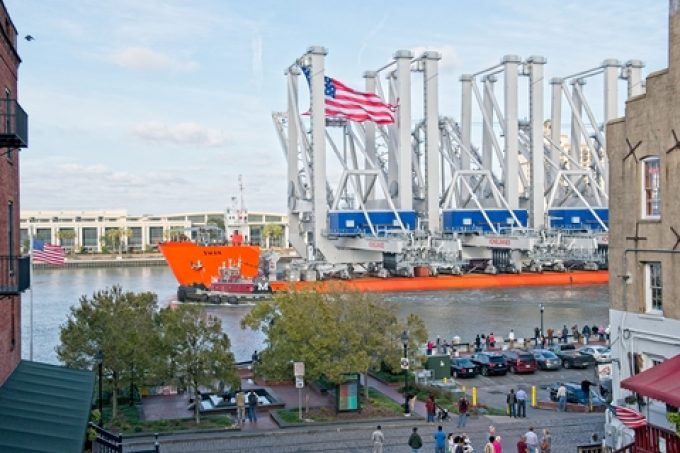DHL Express suspends non-de minimis B2C parcels to US consumers
DHL Express has suspended B2C (business to consumer) shipments with a value above $800 to ...

Included in the latest raft of tariffs announced this week by the US is that container cranes made in China – by ZPMC as well as European firms such as Konecranes – are to be subject to a 25% levy, according to World Cargo News, which noted that the increase would make non-Chinese cranes more cost-competitive.
It is something of an irony that one of the key pieces of equipment that makes global trade possible is now set to be subject ...
Asia-USEC shippers to lose 42% capacity in a surge of blanked sailings
Why ROI is driving a shift to smart reefer containers
USTR fees will lead to 'complete destabilisation' of container shipping alliances
New USTR port fees threaten shipping and global supply chains, says Cosco
Outlook for container shipping 'more uncertain now than at the onset of Covid'
Transpac container service closures mount
DHL Express suspends non-de minimis B2C parcels to US consumers

Comment on this article